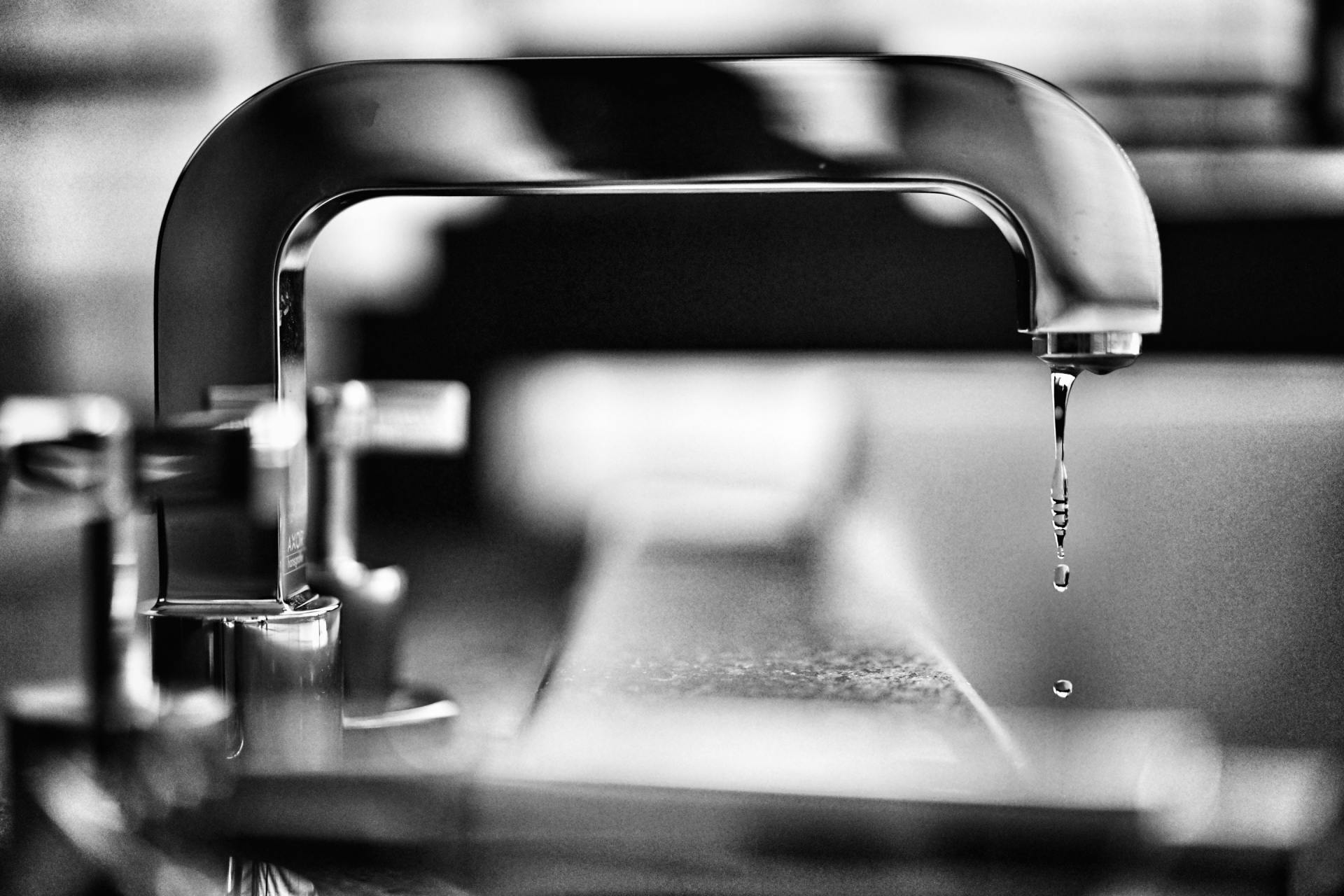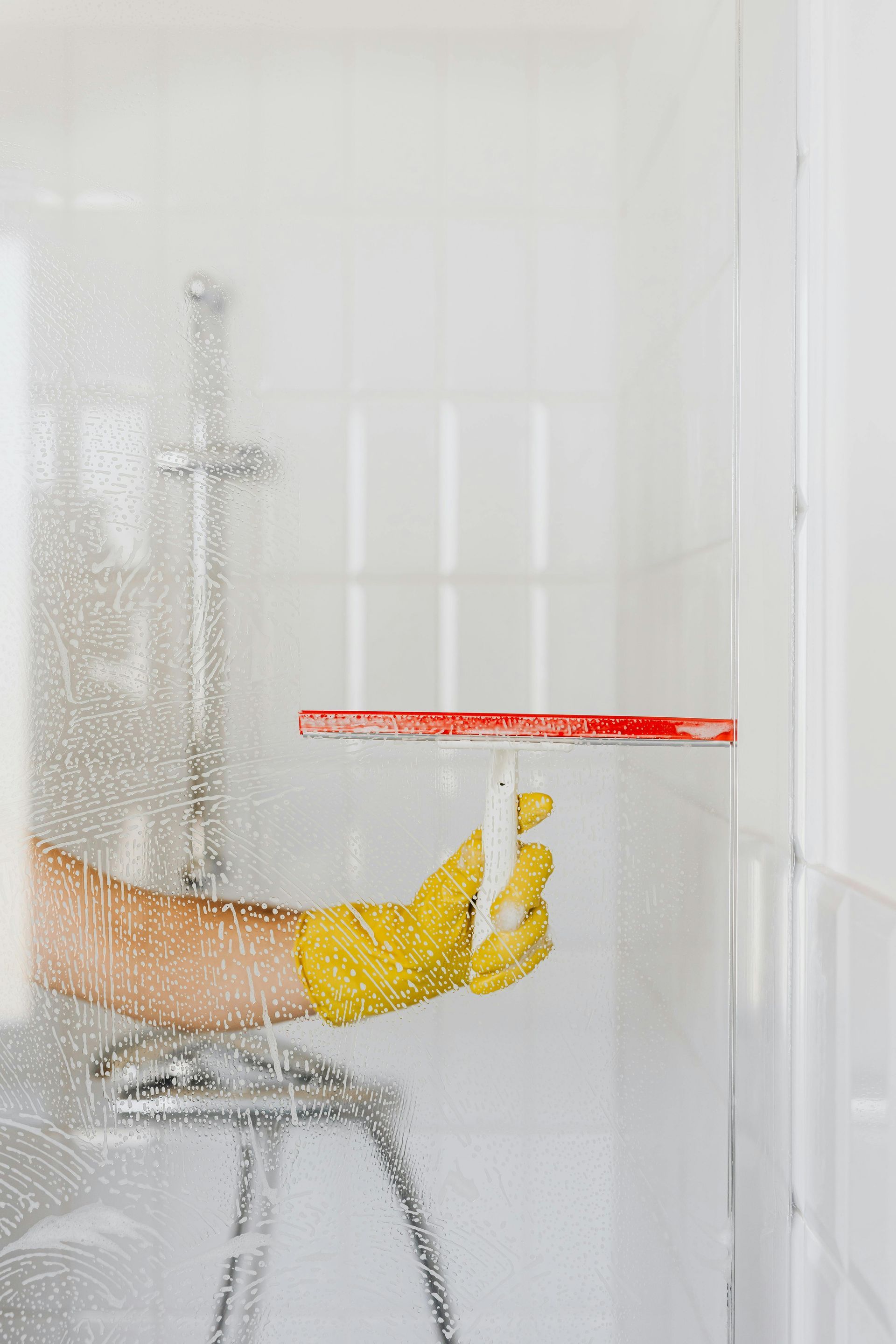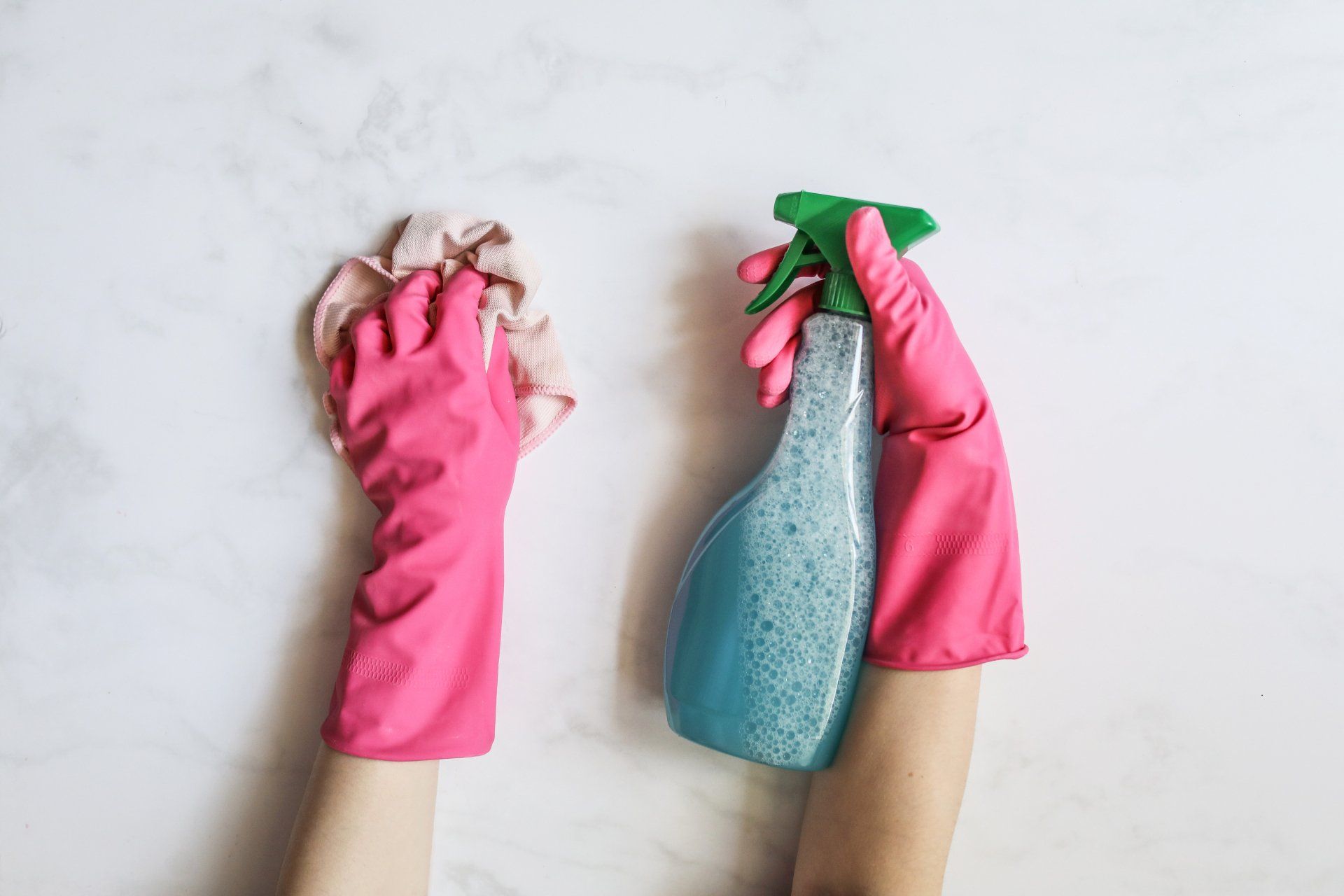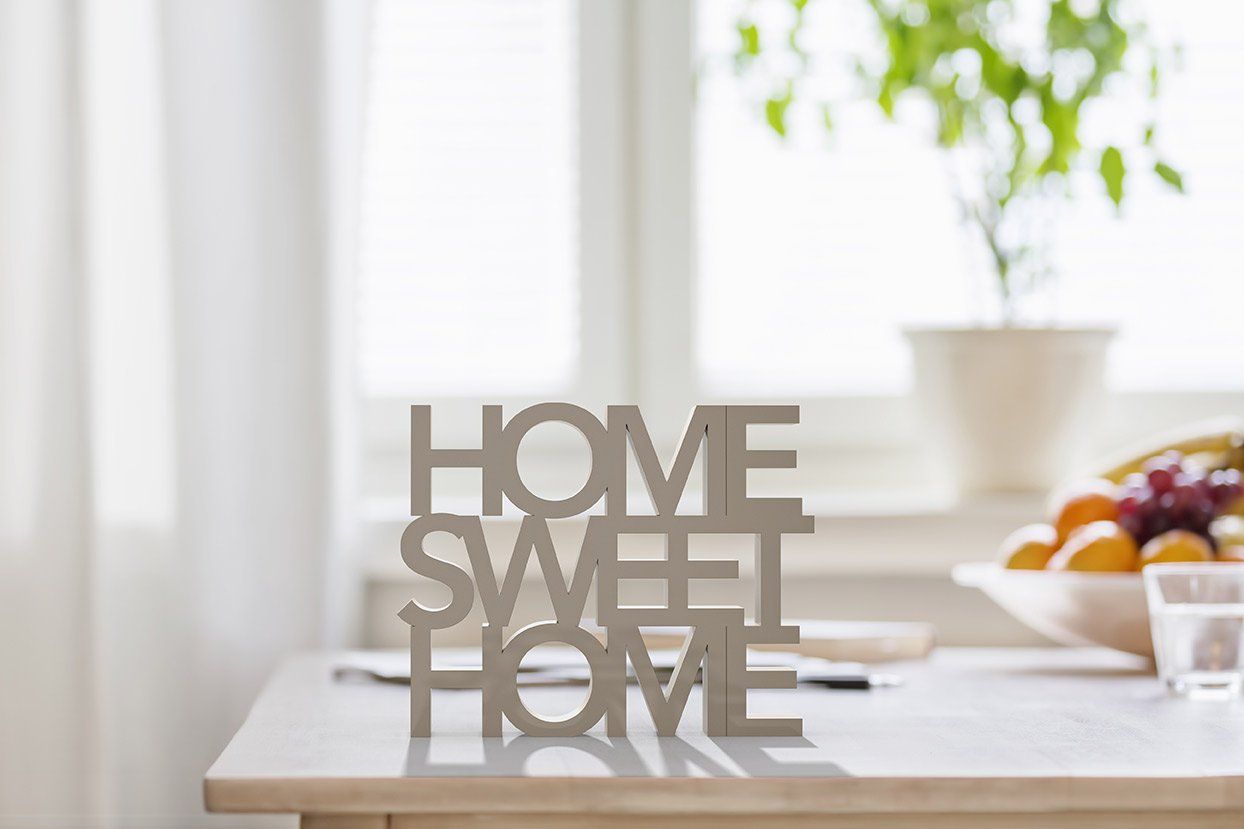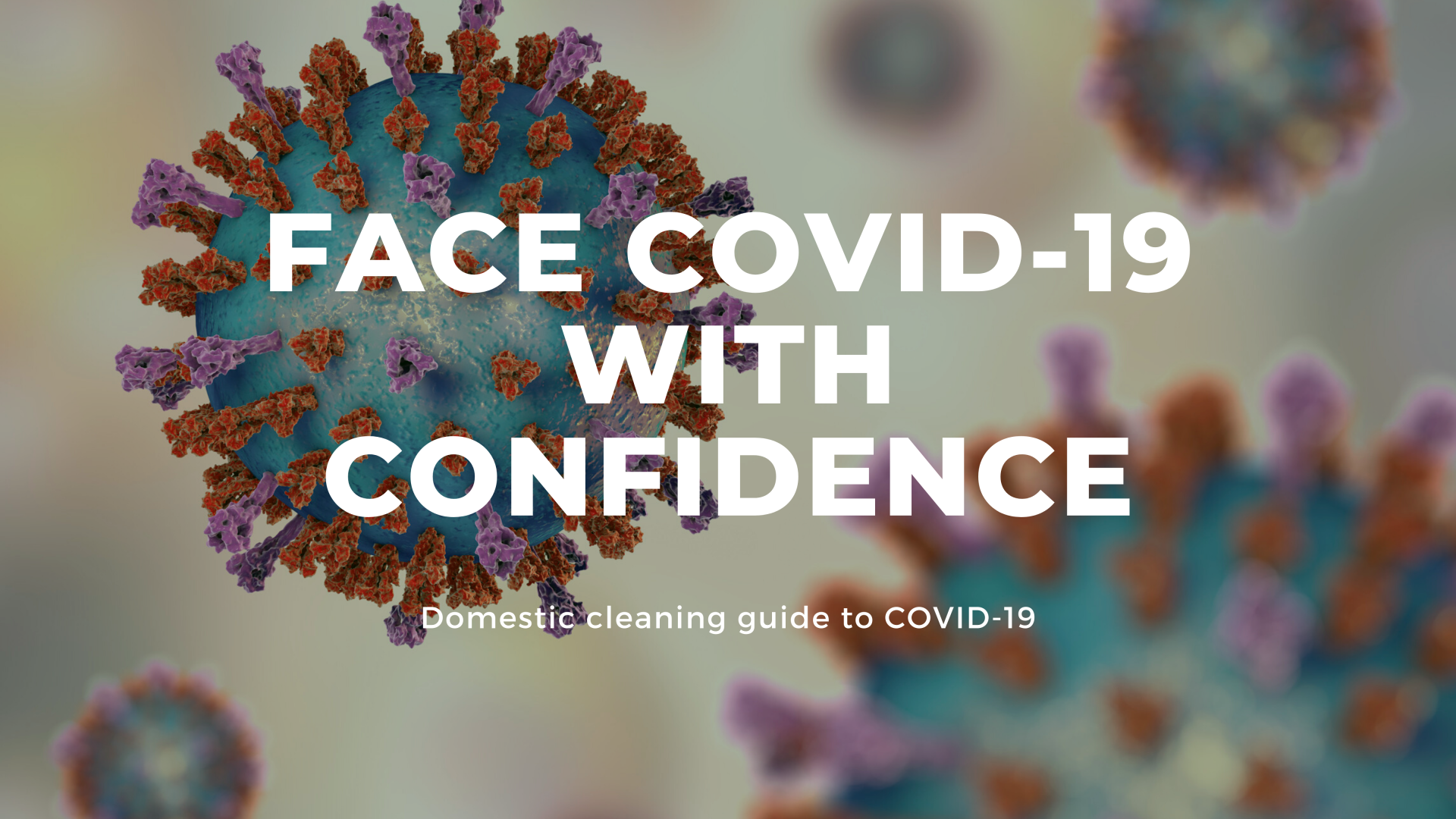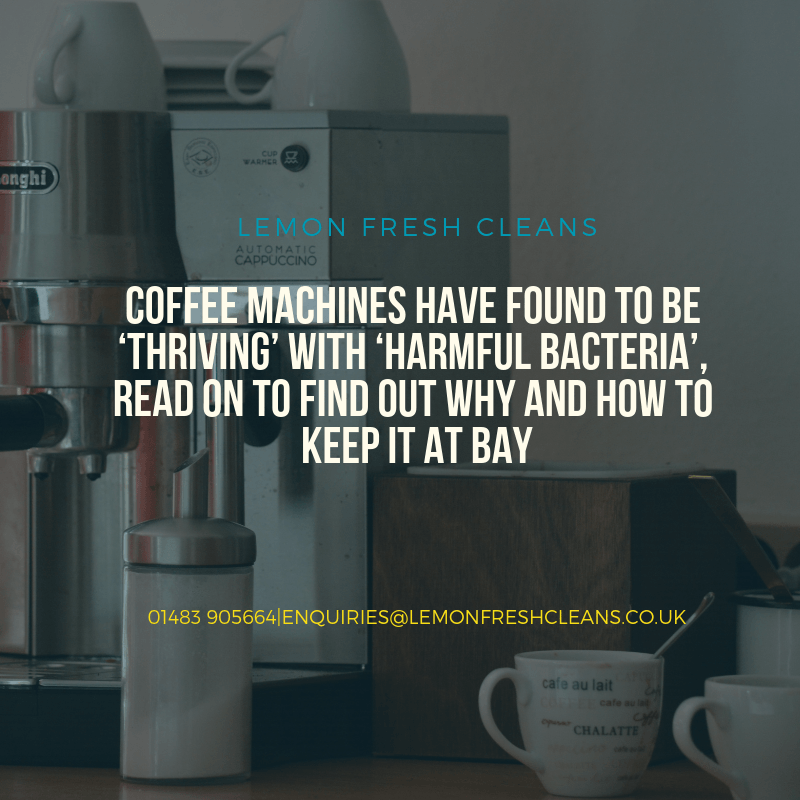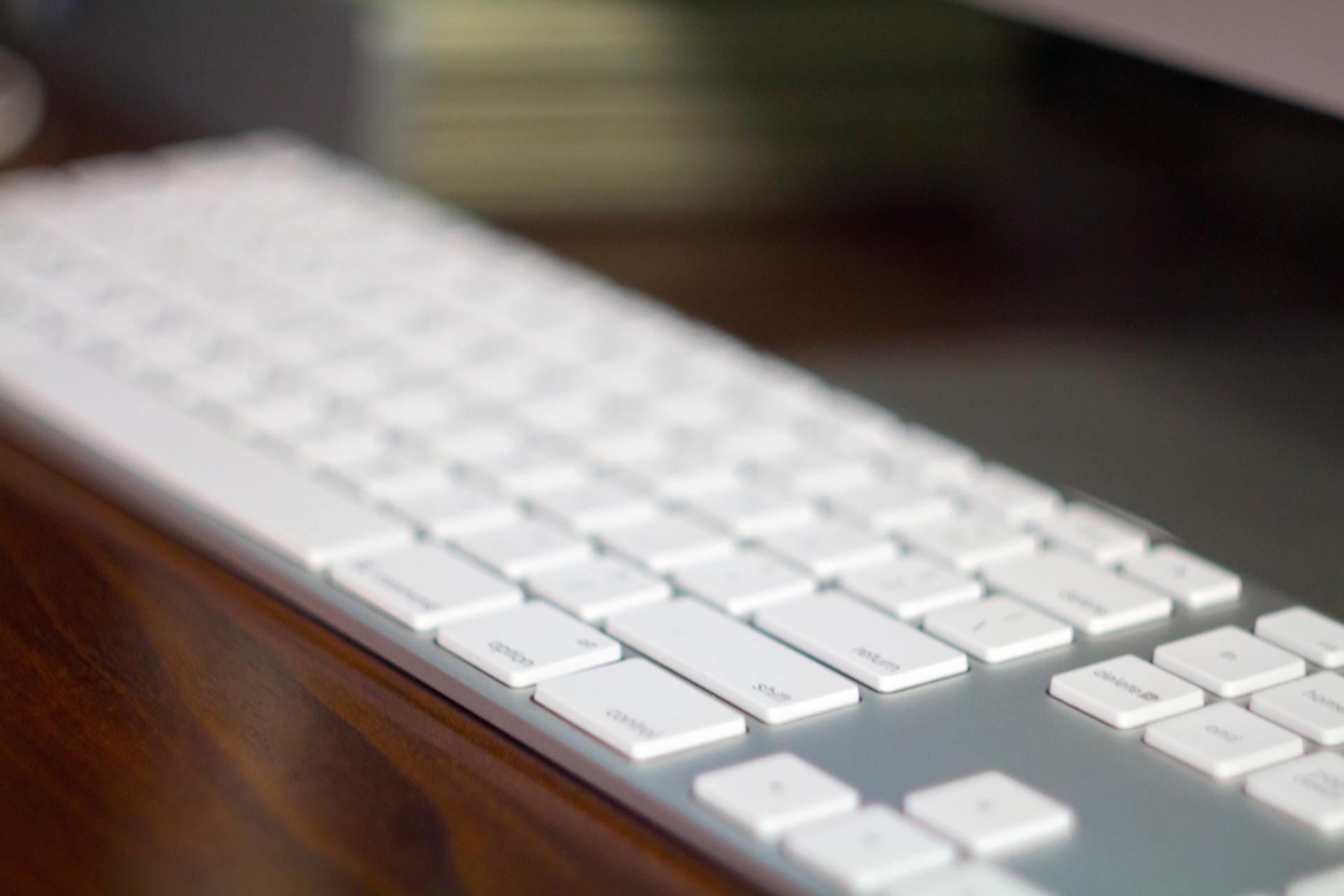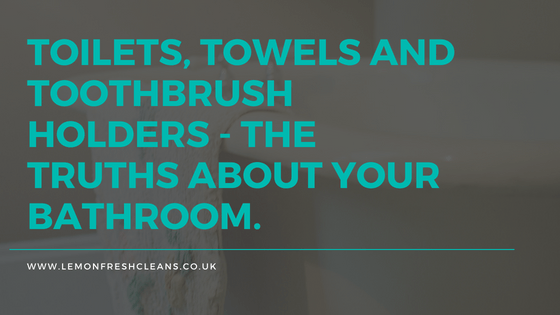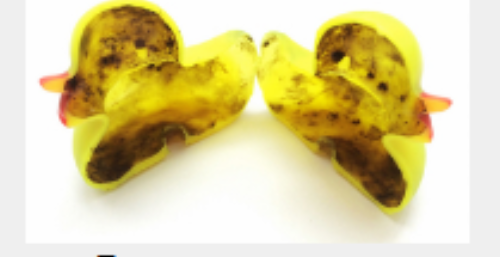An investigation into kitchen cleanliness, coliform and how to banish bacteria.
The last two blog posts have been based on the extent of bacterial growth in the bathroom, so I felt like it was time to focus on the room in which we store, prepare, cook and eat our food - the kitchen of course! To keep yourself and your families healthy and safe from the illnesses and infections which can be caused by bacteria, it is integral that you know how to control kitchen cleanliness or who to call to do it if you just can’t be bothered or don’t have time (Lemon Fresh).
A study conducted by microbiologists at NSF International (National Sanitation Foundation) ‘asked 22 families to swab 30 everyday household items’ in order to measure and compare bacteria levels across the home (NSF:2011). Although yeast and mould levels were recorded, the study was primarily concerned with c oliform bacteria. The coliform family ‘includes Salmonella and E.coli ’ and is an ‘indicator of potential faecal contamination’ (NSF). To put it bluntly, faecal contamination is basically the presence of bacteria which is found in faeces - yuck! As we know both Salmonella and E.coli can have serious effects on the human body and make us very ill, so the thought of having high levels of it present in the place in which we eat is slightly sickening.
To conclude their study, the NSF ranked the top 10 hot spots for germs in the home and ‘observed that coliforms were most prevalent on items in the kitchen’; with a staggering 6 out of the 10 highest ranking items throughout the home found in the kitchen (NSF). Surprised? Well, let’s have a look at what some of the items found to be seeping with salmonella are and the top tips on controlling how clean they are.
Kicking us off at number 10 is the chopping board , with the study revealing that 18% of the kitchen cutting essential played host to coliform and 14% to yeast and mould! The top tip to tackling the bacterial growth differs for wooden and plastic chopping boards. When it comes to wood, sprinkling the surface with baking soda and rubbing it into the board with a soapy sponge is recommended. If it is plastic however, the tactic is to either: put the board in the dishwasher or soak in ‘hot, soapy water’ (but don’t burn yourself of course) and dry thoroughly with a tea towel (CBS). Drying thoroughly is essential as it ensures that bacteria can’t multiply in the damp environment they thrive in.
Kitchen counters were also found to be highly contaminated, ranking at number 8 on the list. 32% contained coliform and a slightly higher 18% were found to have mould living on them. However, counters and worktops are slightly trickier to take on with general cleaning tips due to the range of surfaces. The cleaning method and products are dependent on the material which they are made with. Usually a diluted bleach solution and a sponge is recommended, but if you aren’t sure if that is suitable it’s worth checking with someone who knows what they’re doing before risking damage. Of course, all of our cleaners at Lemon Fresh are trained and we’d be happy to advise you with any information you might need.
Ironically, up at number 2 is the place in which you wash your dishes, the kitchen sink . The study found that 45% of kitchen ‘sinks tested positive for coliform bacteria, while 27[%] contained moulds’ (CBS). To keep this contagion under control, it is advised that you ‘clean the sides and bottom of the sink twice a week’ at least, with a strong anti-bacterial spray (CBS). You are also directed to de-clog the drain, but we can always help you further with that process.
Last but not least, it’s the moment you’ve been waiting for….the item which made the top spot is the ‘item used to keep things clean’ (CBS). Yep, you got it, the kitchen cloth or sponge ! Statistically, ‘it's been calculated that the amount of bacteria on a kitchen sponge or cloth may be 200,000 times more than what is on your toilet seat (Ryder & Himelfield). Furthermore, a disgusting 77% were found to hold coliform and a further 86% carried yeast and mould.
There is coincidentally some controversy over the cleaning of kitchen cloths with certain experts suggesting strategies which pose potential hazards and risks in the home. For example, placing dishcloths in the microwave on a high heat or soaking in bleach overnight. The microwave theory has been proven to present a fire risk and having a readily available sink full of bleach is of course not ideal, especially if you have children.
If you ask me , spraying or soaking kitchen cloths and sponges in an anti-bacterial spray after use then rinsing, throwing them in a hot wash OR just replacing your dish cloths and sponges on a regular basis is the safest strategy to keep on top of the coliform.
Bibliography
CBS News. (2018). Yuck! Top 10 germiest spots in your home. Available: https://www.cbsnews.com/pictures/yuck-top-10-germiest-spots-in-your-home/. Last accessed 30th May 2018.
Higuera, V & Healthline Editorial Team. (2016). The 9 Dirtiest Spots in your Home. Available: https://www.healthline.com/health/germy-places. Last accessed 30th May 2018.
NSF . (2011). 2011 NSF International Household Germ Study. Available: http://www.nsf.org/newsroom_pdf/2011_NSF_Household_Germ_Study_exec-summary.pdf. Last accessed 30th May 2018.
NSF. (2011). Dirtiest items in the home. Available: http://www.nsf.org/consumer-resources/studies-surveys-infographics/germ-studies/germiest-items-home. Last accessed 30th May 2018.
Mosely, M. (2018). The dirtiest place in your kitchen might surprise you.... Available: https://www.bbc.co.uk/news/health-43131764. Last accessed 30th May 2018.
Ryder, A & Himelfield, D. (2018). Hygiene experts reveal the dirtiest place in your house - and it ISN’T the toilet. Available: https://www.examiner.co.uk/news/health /hygiene-experts-reveal-dirtiest-place-14323458. Last accessed 30th May 2018.
Smith, L. (2017). How to clean a sponge and kill Bacteria. Available: https://www.goodhousekeeping.com/home/cleaning/a18731/how-to-clean-a-sponge/. Last accessed 30th May 2018.

